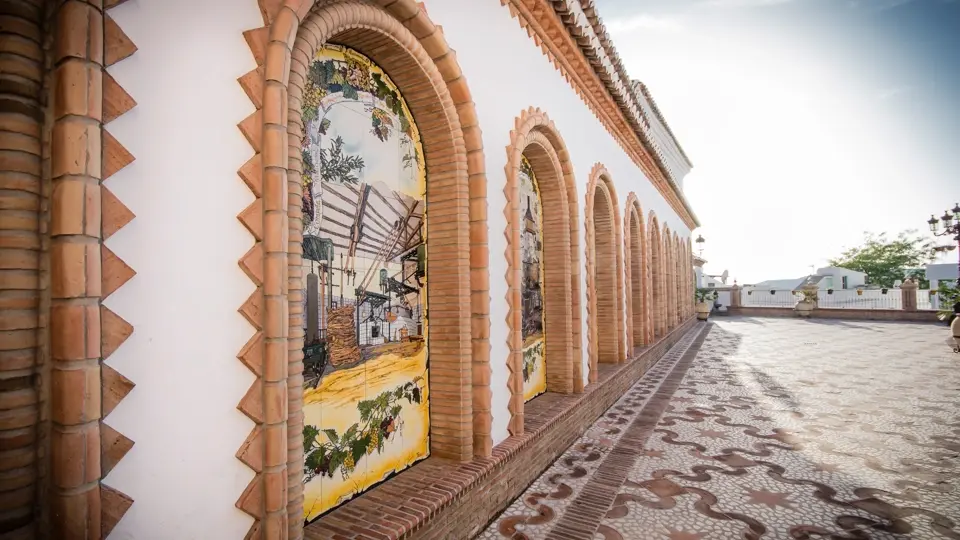Discover Spain’s Arab Legacy: Hidden Gems in Architecture, Culture, and Charm
Imagine a place where rich history meets vibrant energy—that is Spain. From the buzz of its cities to the peacefulness of its villages, Spain has something for every kind of traveler.
But it’s not just the well-known landmarks that make it special. Spain’s Arab heritage plays a big role in shaping its culture and beauty, with influences still visible today. If you want to see this fascinating mix in action, head to Andalucía, and especially the Axarquía region, where the blend of Arab and Spanish styles creates an unforgettable atmosphere you won’t find anywhere else.
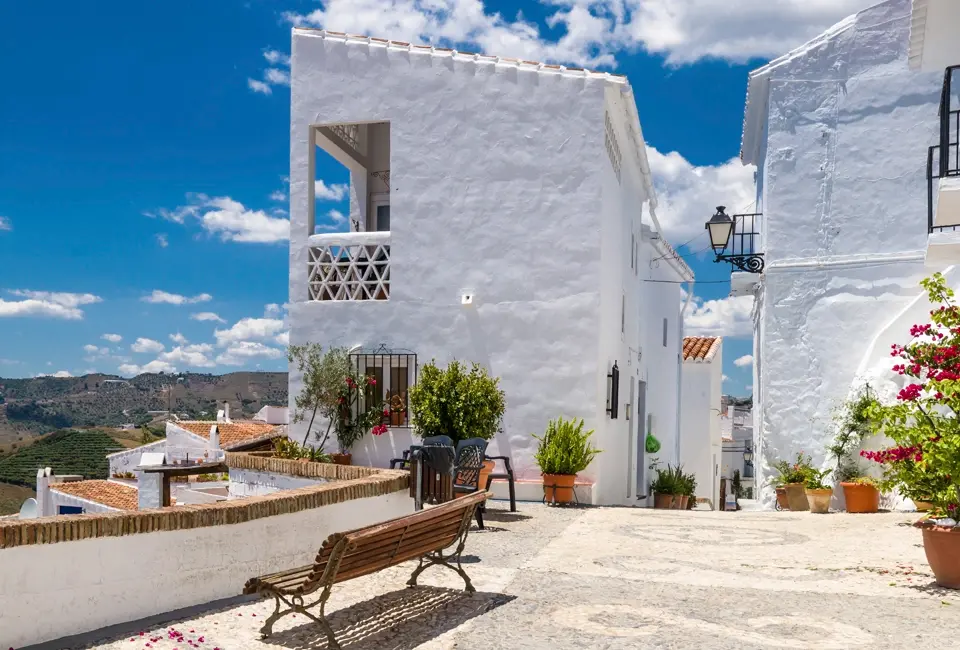
A BRIEF LOOK AT SPAIN’S ARAB HISTORY AND LEGACY
Between the 8th and 15th centuries, much of the Iberian Peninsula was under Moorish rule, shaping Spain’s art, language, science, and architecture in profound ways.
This cultural fusion is still visible in structures like Granada’s Alhambra and Seville’s Giralda, but it also extends beyond the well-known landmarks to the tucked-away villages and hidden fortresses of Andalucía. Here you can experience the authentic Arab-Andalusian charm, preserved through centuries.
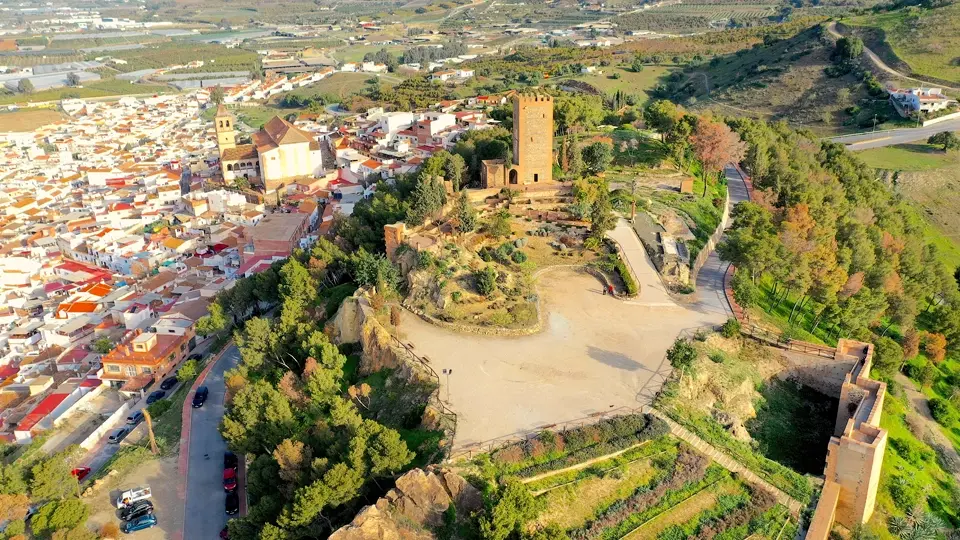
WHY THE AXARQUÍA REGION IS A MUST-VISIT
Set along the Mediterranean coast in Málaga, Axarquía is a picturesque region filled with that seem almost suspended in time.
Each village here has deep-rooted Arab influences that can be seen in their winding alleyways, tiered houses, and intricate, sometimes hidden courtyards.
The architecture is proof of the Moorish influence that defines this part of Spain
Axarquía is ideal if you are looking for an authentic experience off the beaten path. Known for its traditional customs, hospitable locals, and timeless landscapes, the region is a gem for anyone looking to immerse in a cultural journey.
HIGHLIGHTS OF ARAB HERITAGE IN SPAIN
While many visitors come to Spain to see the popular landmarks, exploring its Arab heritage can bring a fresh and unique perspective to your trip.
Here are a few standout places that show Spain’s Arab legacy:
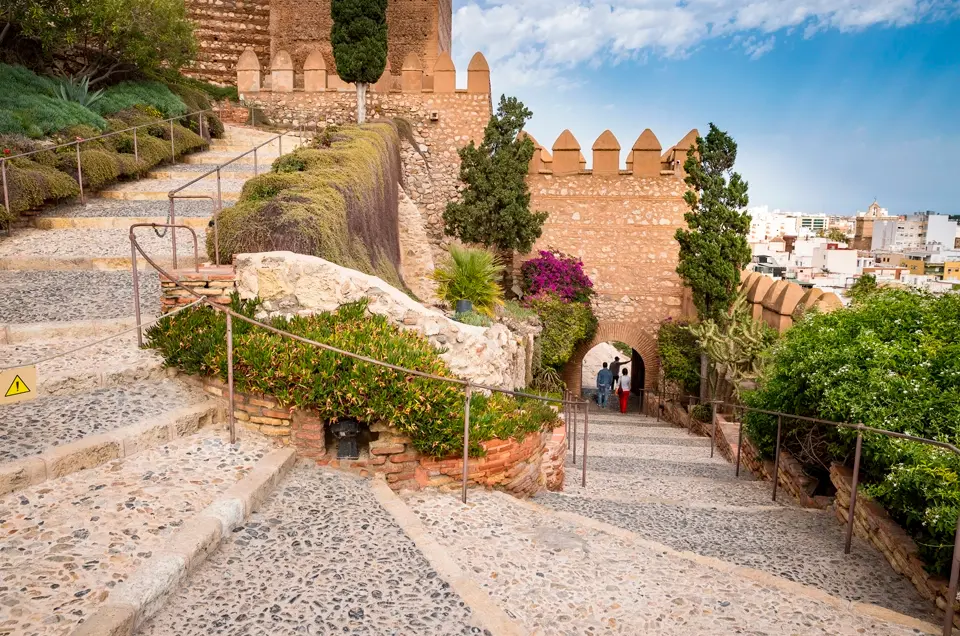
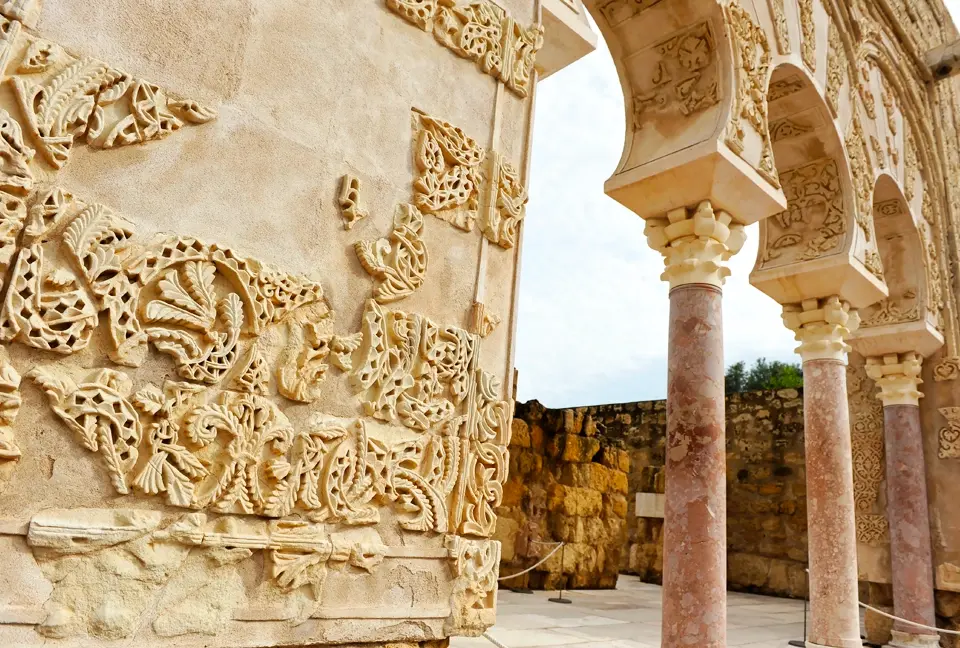
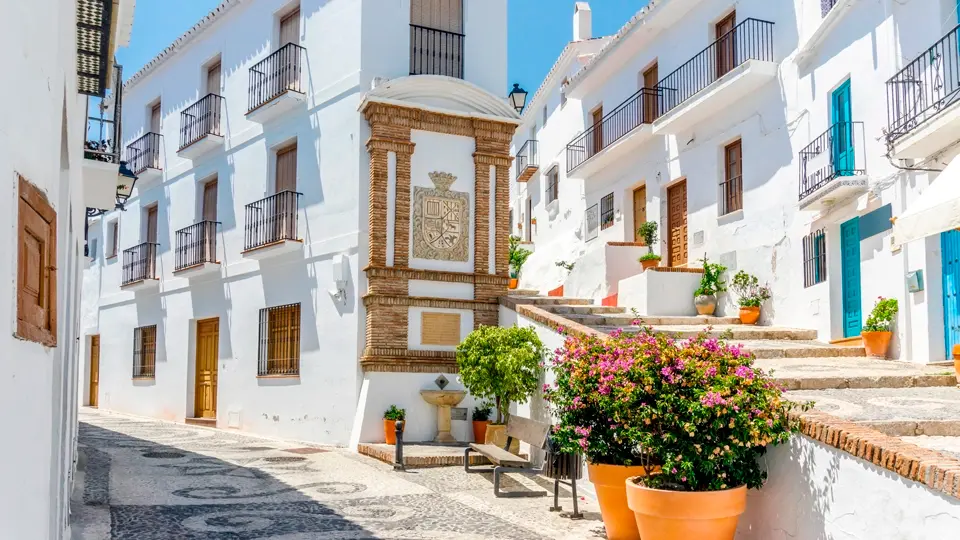
Walking through these towns feels like stepping into a living museum, where Arab-Andalusian influence is a vibrant part of daily life
REASONS TO EXPLORE SPAIN’S ARAB LEGACY
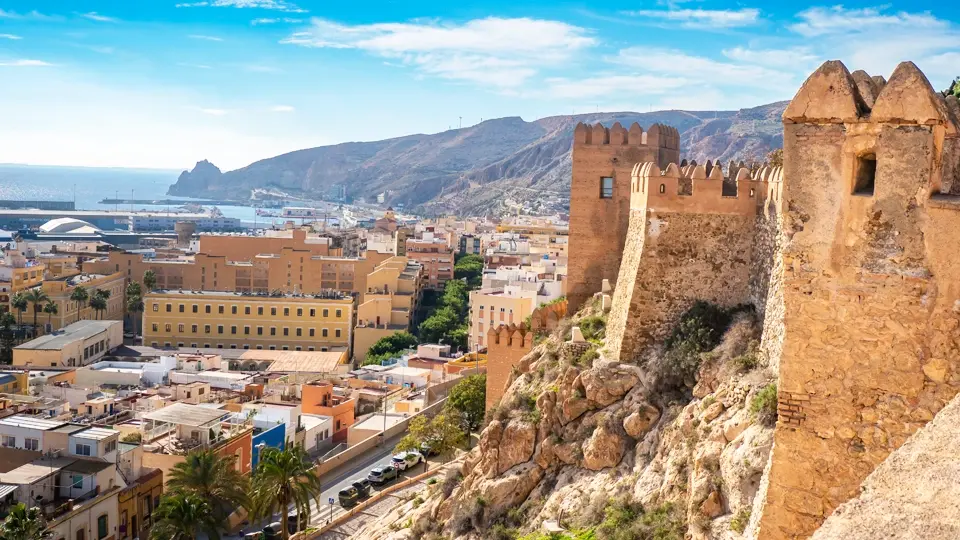
PRACTICAL TIPS FOR YOUR TRIP
If you’re planning to explore the Arab legacy in Spain, consider visiting in spring or autumn, when the weather is pleasant and the crowds are fewer.
Many of the villages are best explored on foot, so comfortable walking shoes are a must. Take your time to wander through the narrow streets, visit local artisans, and enjoy the laid-back atmosphere that defines these towns.
Spain’s Arab legacy offers an unforgettable experience that brings together history, culture, and beauty in a way that few other regions can.
If you’re into history, love snapping great photos, or just want to experience something truly unique, exploring these off-the-beaten-path spots in Spain will open your eyes to a whole new side of the country. It’s not just beautiful—it’s full of stories and surprises.
So, why not take the leap? Go ahead, dive in, and let Spain’s rich Arab heritage add a whole new layer to your adventure.
